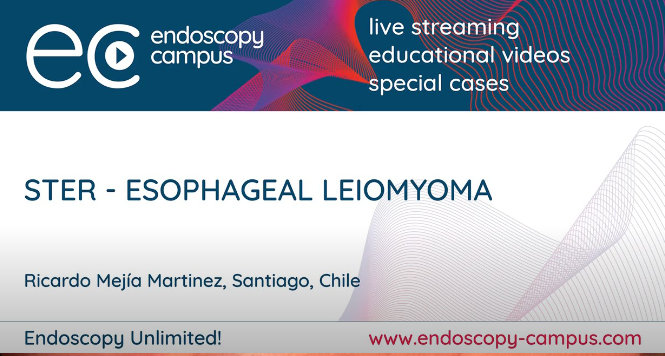Poor Squamous Regeneration After Barrett’s Endoscopic Therapy Increases Risk for Treatment Failure and Disease Progression
Prateek Sharma, MD, FASGE, reviewing van Munster SN, et al. Endoscopy 2022 Mar.
A small subset of patients who undergo Barrett’s endoscopic therapy (BET) using radiofrequency ablation (RFA) will have evidence of poor mucosal healing (mucosal edema, ulcers, and exudates) or will experience regeneration of Barrett’s esophagus (BE) tissue rather than neosquamous epithelium.
This retrospective review of a large registry of patients who underwent BET with at least 1 RFA treatment at 9 expert centers in the Netherlands (2008-2018) included 1386 patients (1121 male; mean age, 65.5 years). The median BE length was C2M5 at the time of the index treatment, with baseline histology of low-grade dysplasia, high-grade dysplasia, and early esophageal adenocarcinoma in 27%, 30%, and 43% of patients, respectively.
Poor healing occurred in 134 patients (10%; 95% confidence interval [CI], 8%-11%) after RFA. A delayed follow-up treatment time and optimization of acid suppression allowed complete healing in all these patients. Poor squamous regeneration occurred in 5% of patients (n=74), of whom the majority also experienced poor healing (91%; n=67). Compared with patients with normal regeneration, patients with poor squamous regeneration had a higher risk for treatment failure (64% vs 2%; relative risk [RR], 27; 95% CI, 18-40) and progression to advanced disease (15% vs <1%; RR, 30; 95% CI, 12-81). On multivariate analysis, significant risk factors for poor squamous regeneration included increased body mass index, longer BE length, baseline reflux esophagitis, and poor squamous regeneration after endoscopic resection.

COMMENTPoor mucosal healing after BET was noted in about 10% of the treated patients and should be managed with increased time between treatments, optimized acid suppression therapy, and antireflux surgery if needed. Poor squamous regeneration occurred in 5% of patients and is a risk factor for BET failure and/or disease progression.
Note to readers: At the time we reviewed this paper, its publisher noted that it was not in final form and that subsequent changes might be made.
CITATION(S)
van Munster SN, Frederiks CN, Nieuwenhuis EA, et al. Incidence and outcomes of poor healing and poor squamous regeneration after radiofrequency ablation therapy for early Barrett’s neoplasia. Endoscopy 2022;54:229-240. (https://doi.org/10.1055/a-1521-6318)


